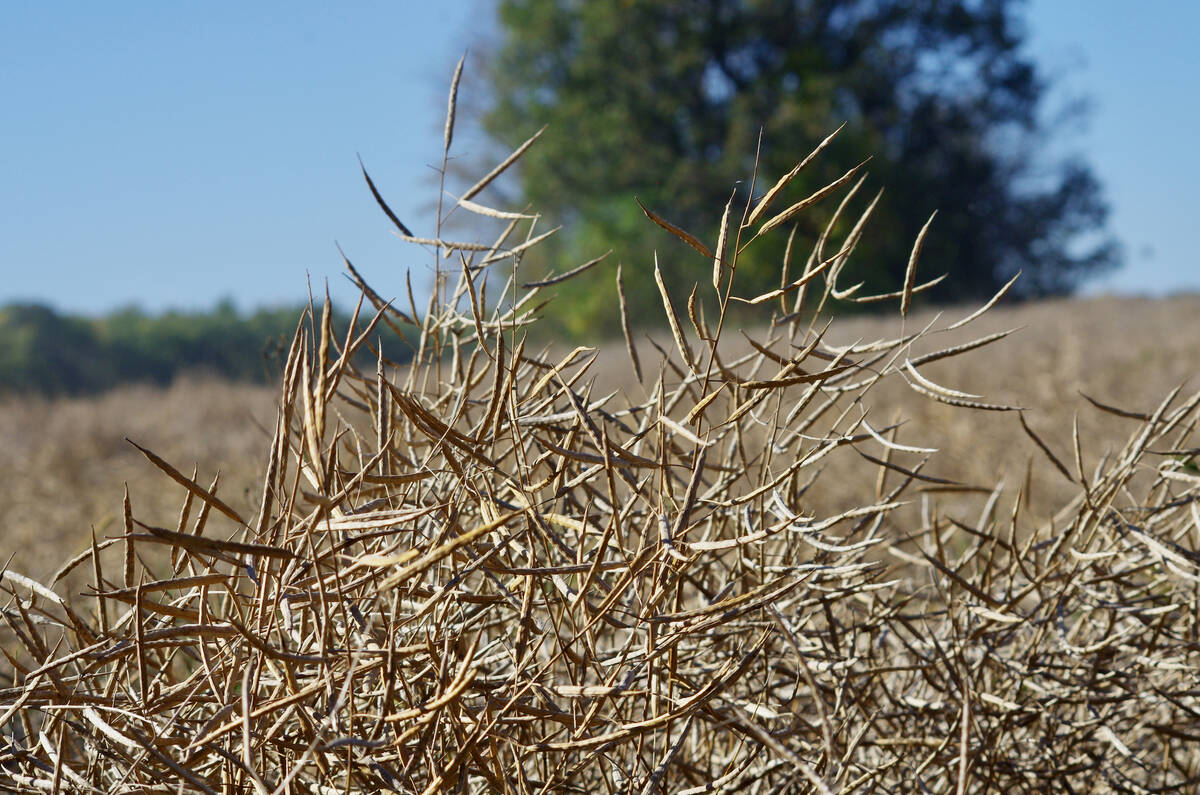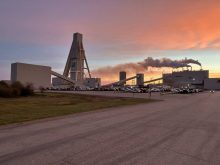Lakes, rivers, streams and well water high in nitrates will stay that way for another 35 years or more, even if farmers in those watersheds were to stop applying nitrogen (N) fertilizer on their fields today, a new study shows.
The study of the Mississippi River basin, published Tuesday by Canadian and U.S. researchers, shows it may take far longer than previously believed for best-management practices to have an effect on high nitrate concentrations in waterways.
Analyzing long-term (1957 to 2010) soil data from over 2,000 sites in the Mississippi basin, the researchers — including Nandita Basu, an assistant professor in water sustainability and ecohydrology, and Kim Van Meter, a doctoral student, both at Ontario’s University of Waterloo — say they’ve found the first “direct, large-scale evidence” of N accumulation in the root zones of agricultural soils.
Read Also

ICE Canada Weekly: Canola unlikely to have a good start to 2026
When canola trading begins returning to normal come Jan. 5, the oilseed’s futures are likely to fall back, said Tony Tryhuk, trader with RBC Dominion securities in Winnipeg.
That accumulation, they wrote in the journal Environmental Research Letters, could account for “missing” N seen in previous studies of watershed and global-scale N budgets.
Those previous studies, the researchers said, found that much of the surplus N from inhabited landscapes never makes it to the coastal oceans. It’s generally believed that surplus N either leaves the land through denitrification or remains as nitrates in watersheds.
At high levels, the Waterloo researchers said in a release Monday, nitrates in drinking water sources raise the risk for “blue baby” syndrome and other health concerns.
“The fact that nitrogen is being stored in the soil means it can still be a source of elevated nitrate levels long after fertilizers are no longer being applied,” Basu said in the university’s release.
For their study, the researchers said they’ve developed a “simple modeling framework,” tracking how N is depleted through plowing and accumulated through crop inputs.
Their model pointed to an accumulation of soil N over 30 years that would lead to a “biogeochemical lag time” of 35 years for 99 per cent of the “legacy” soil N — even if fertilizer applications stopped completely.
“The time lag would in most cases be significantly greater than that estimated, based on the hydrologic legacy alone,” they added.
In many areas of the Mississippi basin, they said, the accumulation wasn’t apparent in the upper plow layer, but instead between 25 and 100 centimetres below the soil surface.
The researchers’ hypothesis is that this accumulation “occurred not only because of the increased use of fertilizers, but also increases in soybean cultivation and changes in tillage practices over the past 80 years,” Van Meter said in the university’s release.
The researchers warned that “caution must be exercised” over the scale of accumulation laid out in the study, due to “large uncertainties in the data.”
That said, the study still shows the “clear possibility of significant N accumulation within agricultural soils,” which in turn would allow for “considerable” progress in accounting for “missing” N — and in closing N budgets at both the watershed and worldwide levels.
“By demonstrating that agricultural soils can act as a net N sink, the present work makes a critical contribution towards the closing of watershed N budgets,” the researchers wrote.
“Our study for the first time links multiple lines of evidence to show convincingly that N, like (phosphorus), has a biogeochemical legacy.”
That legacy, they said, “complicates our previous understanding” of nitrogen’s fate in watersheds, and would have to be accounted for when governments, or farmers, step in to improve water quality.
“If we’re going to set policy goals, it’s critical we quantify nitrogen legacies and time lags in human-impacted landscapes,” Basu said. — AGCanada.com Network















